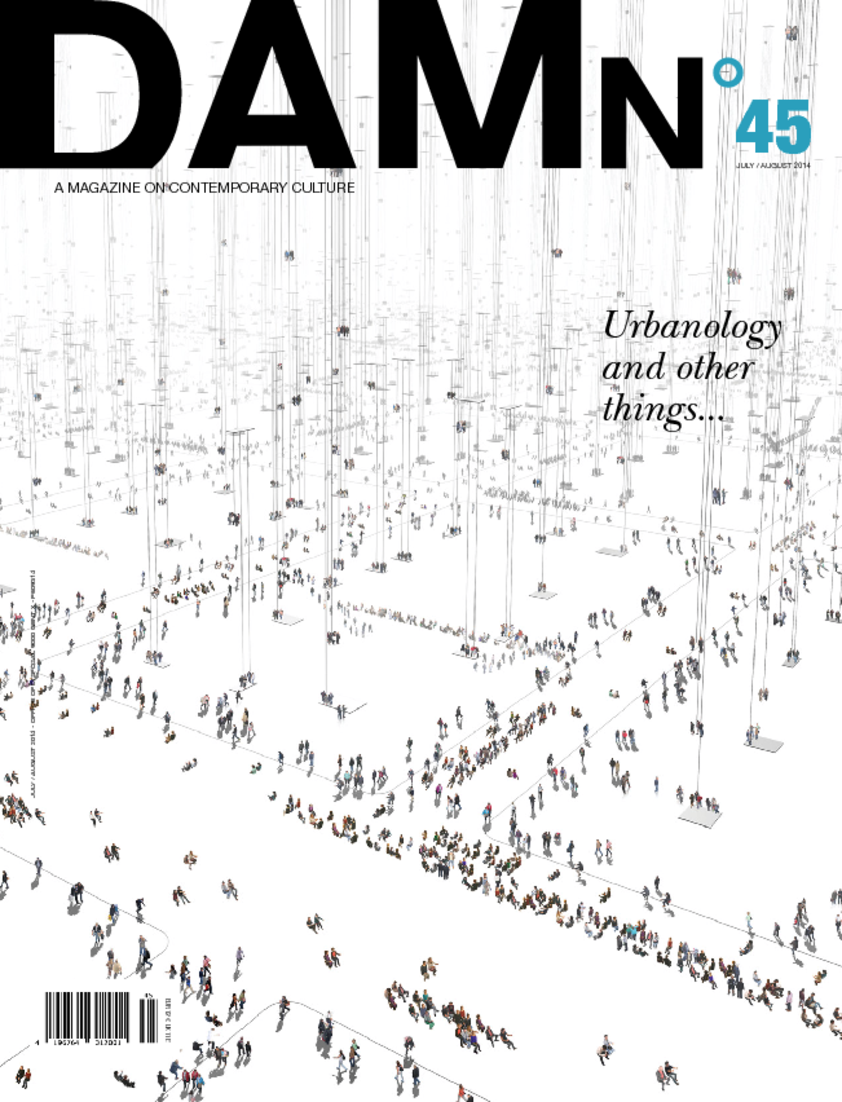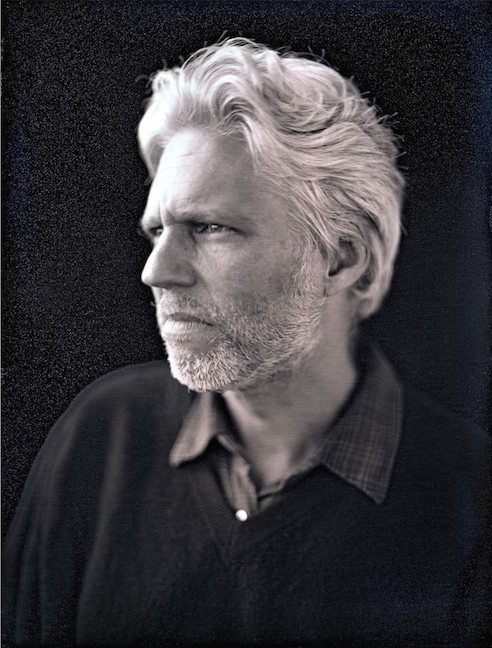After the cheering stops
From all arenas

Astrodome, picture Candace Garcia.
So is it boohoo or teehee as regards football/basketball/baseball stadia being forcibly made defunct? It very much depends on which side of the fence one is sitting on. Alas, for the sheer waste of it all, it is saddening, as these are structures of stature with plenty of stories to tell. The decision taken to condemn an arena to ruin, of course, is imposed on American sports fans from on high. Presto! Another stadium gets built for reasons that have nothing to do with practical necessity, but are simply the result of a political or corporate-induced power game.
Sports stadia have been civic boondoggle, political football, development stalking-horse, and public nuisance for at least two millennia. In modern times, one has only to survey the built landscape of the Olympic Games – from Montreal to Athens – to understand what happens when a mania for sports meets the desire to advance a civic or corporate brand. The question is, what happens to all those ovals, domes, and concrete boxes when the brands have moved on and the crowds go elsewhere? Historians have estimated that just to build the outer wall of the Roman Colosseum, the cost would be million. But how much would it cost to tear it down?
That’s the kind of question that cities, sports franchises, and corporations have been asking across the United States. The three major professional sports in the nation – football, baseball, and basketball (hockey is a distant and much cheaper fourth) – account for some 90 stadia and arenas. If you add in major universities, the total rises to above 200, constituting a vast entertainment infrastructure. The blandishment of the sports dollar has never been easy for communities to resist, but it’s also not the sort of financial commitment those same communities can easily turn their back on when the fan base shrinks. Yet we live in an age of disposable architecture, and competition for the entertainment dollar is as fierce as anything that takes place on the playing field. As profit margins become squeezed, the cost of a hot dog approaches , and franchises look to greener pastures for new customers, yesterday’s pleasure palace can become today’s albatross.
In the last two decades there has been an orgy of construction and destruction, as arenas have been replaced in New York (two teams), New Jersey (two teams, one stadium), Atlanta, Houston, Boston, Detroit, Dallas, Minneapolis, Pittsburgh, Seattle, Cleveland, Indianapolis, and Baltimore, to name only a few. New ones have risen ex nihilo in Brooklyn, Washington D.C., Oklahoma City, and Memphis, among others. Assuming there is a team to occupy them, arenas are torn down for one primary reason: they don’t produce enough revenue. Not because the bathrooms don’t work or the scoreboard is hand-operated or there aren’t enough seats. And certainly not because the architecture is out of date. With only a few exceptions (Brooklyn and Miami’s basketball arenas are notable examples), it would be hard to identify any of the current bunch with ‘architecture’ at all. There are two problems: not enough room for expanded concessions and, more importantly, no possibility of luxury boxes. VIP suites at new arenas come loaded with marble floors, granite counters, built-in bars, and special catering. To give some idea of their bottom-line importance: in the new Texas Stadium, home to the Dallas Cowboys football team, there are 15,000 so-called club seats for the upper echelon fans, and an additional 320 suites. With the cost of leasing a suite as high as 0,000 for a single season, the upside for new construction is obvious.
Until well into the 1980s, the federal tax code made community financing of new stadiums via tax-free municipal bonds very attractive. Even after loopholes were plugged, professional team owners have continued to convince cities to shoulder major proportions of what should be corporate debt, and have often used such financing as a bargaining chip with other cities, even when the fans stayed as loyal as ever. The Dallas Cowboys moved down the road from Irving to Arlington, Texas when the owner received an offer too good to refuse from a recently elected mayor who had made the deal a campaign promise. The cities are often ‘owners’ who lease the facilities back to the teams. But when team owners decide new quarters are necessary, who gets stuck with the old ones?
Sometimes the new rises next to the old, and the cost of demolition is built into the cost of construction: for one to go up, the other must come down. And this has yielded some spectacular demolition projects, including the dismantling of the historic Yankee Stadium, which took an entire year, and the levelling of the Giants stadium, shared by the Jets and Giants professional football teams (one of the few partnerships to finance new construction entirely from private funds). Yet when teams move or relocate even a short distance away, deconstruction can become its own intractable problem, witness the fate of two formerly state-of-the-art stadia, the Houston (Texas) Astrodome and the Pontiac (Michigan) Silverdome.
Inspired by the ancient Colosseum’s awning system and dubbed by Texans the Eighth Wonder of the World, the Astrodome (1965) became a global household word after Hurricane Katrina, when TV viewers around the world witnessed displaced New Orleans residents streaming into the giant makeshift shelter like refugees from a border war. By then, the Astrodome, the first domed stadium in the United States, was already obsolete and a vast public nuisance. As early as 1995, Houston’s refusal to build a new stadium sent the original professional football franchise packing. The baseball team was a more successful negotiator and got a new park. In 2002, a new football team arrived in Houston and built another new stadium nearby, definitively leaving the Astrodome with no tenants. It then began to deteriorate, and plans to convert it into residences or a convention centre have been resisted because these would require public investment. To complicate matters, after some peripheral structures were torn down, the dome was placed on the national register of historic places, making further demolition more difficult. And so it sits, the Eighth Wonder that has Houston wondering: what next?
The Pontiac Silverdome (1975) mirrors nothing so much as the precipitous fall of Detroit’s fortunes. It, too, was built as a technological marvel, with a Teflon roof, in a northern suburb of Detroit that was perfect for attracting suburban traffic and steering fans away from the deteriorating urban core around the old Tiger Stadium (also since demolished). It worked for a while, and the Silverdome became a host to top-tier events including the Super Bowl, concerts by Led Zeppelin and the Rolling Stones, and a visit from Pope John Paul II. But again, the relentless pressure to increase revenues and to separate basketball and football venues (as the two games have very different schedules and attendance figures) caused first the Pistons and then the Lions teams to vacate, leaving the blue-collar city of Pontiac with a .5 million annual maintenance bill. In 2009, the facility sold for just 0,000, and after failed attempts to revive it, the buyer is now auctioning off the tattered structure piecemeal, one seat at a time.
Inside the Silverdome, now open to the elements, weeds grow from the artificial turf and mould festers, a textbook example of what the built world would look like without human beings. It’s nature’s game, without any fans.
 Texas Stadium, Irving, Texas is the home turf of the Dallas Cowboys. Photo: Matt Pasant
Texas Stadium, Irving, Texas is the home turf of the Dallas Cowboys. Photo: Matt Pasant
 Yankee Stadium demolition, home of New York Yankees, Bronx, New York.
Yankee Stadium demolition, home of New York Yankees, Bronx, New York.
 Archive Yankee Stadium.
Archive Yankee Stadium.
 Astrodome, Houston, Texas Interior, April 2012, photo: Candace Garcia.
Astrodome, Houston, Texas Interior, April 2012, photo: Candace Garcia.
 Astrodome. Thomas John and his baby brothers are among the 18,000 Hurricane Katrina survivors that have been housed in the Red Cross shelter at the Astrodome and the adjacent Reliant Center after vacating New Orleans. Photo: FEMA / Andrea Booher.
Astrodome. Thomas John and his baby brothers are among the 18,000 Hurricane Katrina survivors that have been housed in the Red Cross shelter at the Astrodome and the adjacent Reliant Center after vacating New Orleans. Photo: FEMA / Andrea Booher.
 This article appeared in DAMN°45. Order your personal copy.
This article appeared in DAMN°45. Order your personal copy.

